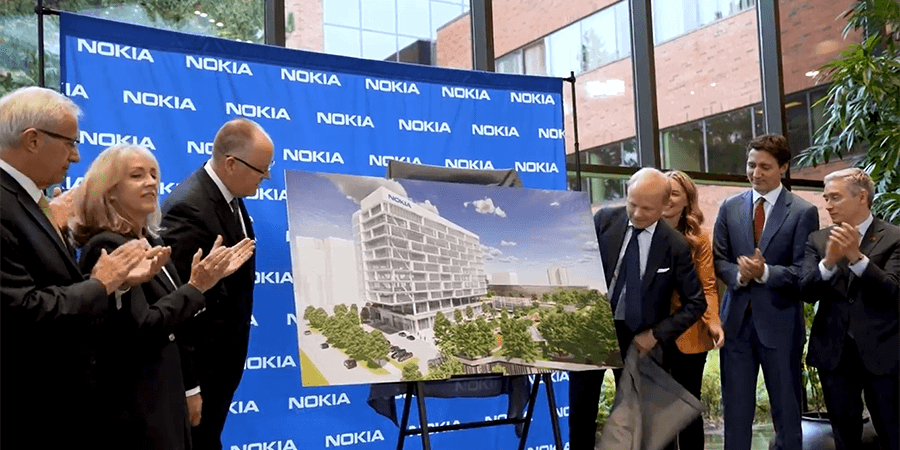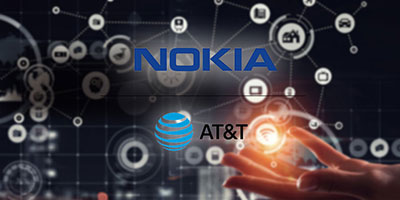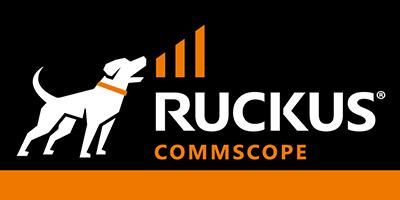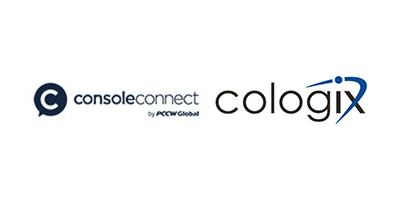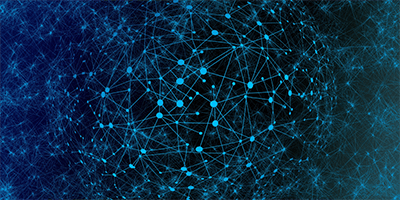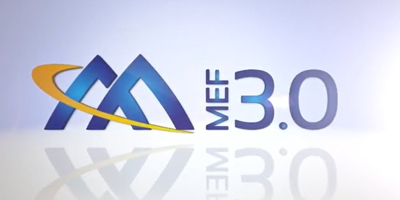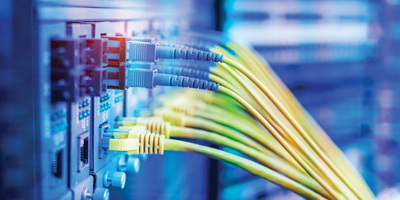The Government of Canada is supporting the transformative $340 million project that would expand Nokia’s Ottawa facility and revitalize its laboratories with the goal of further advancing wireless technology research and development in Canada.
Telecom Vendors
Nokia and AT&T delivering seamless IoT connectivity to enterprises
ExpiredNokia announced that it has extended its agreement with AT&T to support global enterprise customers with IoT connectivity using its WING solution and IoT ecosystem. AT&T’s enterprise customers will be able to connect and manage a multitude of IoT devices on their networks, leveraging Nokia WING’s capabilities, including increased performance and flexibility, and lower latency.
CommScope Expands RUCKUS Footprint in Canada
ExpiredCommScope announced it is expanding access to its RUCKUS outdoor wireless broadband solutions in Canada through a new distribution agreement with MBSI WAV, a Canadian premier value-added distributor of wireless and networking technologies.
Bell Canada selects Ericsson as a 5G partner
ExpiredCanadian communications service provider Bell Canada has selected Ericsson 5G Radio Access Network (RAN) technology to support its nationwide 5G mobile and fixed wireless access deployment.
PCCW Global’s Console Connect, Cologix open first-ever PoP in Montréal
ExpiredThe Console Connect Software-Defined Interconnection® platform is now available at Cologix’s MTL7 data center in Montréal through a new point of presence (PoP).
Windstream secures first national provider status at Virginia Beach
ExpiredWindstream, a provider of advanced network communications, is the first national service provider built into the Virginia Beach, Va., international subsea cable landing station, and is taking orders out of the new Globalinx Data Center.
Nokia, Bell Canada conduct North America’s first 25G PON fiber test
ExpiredNokia and Bell Canada announced the first successful test of 25G PON fiber broadband technology in North America at Bell’s Advanced Technical Lab in Montréal, Québec.
MEF Announces First Certified MEF 3.0 SD-WAN Technology Vendors
ExpiredNuage Networks from Nokia, Versa Networks, and Infovista are the first technology vendors certified to support MEF 3.0 SD-WAN services. This certification enables service and technology providers to validate the conformance of their services and products to the industry-leading SD-WAN Service Attributes and Services (MEF 70) global standard.
Nokia boosts Canadian innovative presence with EDC
ExpiredNokia and Export Development Canada (EDC) expanded their global partnership aimed at helping Nokia sustain and grow its leading-edge Canadian R&D facility to further develop the ecosystem of suppliers and solution partners. This alliance brings investments in 5G and the next-generation network infrastructure for global deployment.
HGC implements “Smart Digital Ecosystem”
ExpiredHGC Global Communications Limited (HGC) introduced the “HGC Smart Digital Ecosystem” to local and overseas markets following the completion of the major stage of integration with the newly-acquired Macroview Telecom Limited. The ecosystem enables customers to enjoy 360-degree ICT solutions and facilitates their business global expansion enabled by HGC’s on-going integration of Macroview. It is an important milestone for HGC to lead and assist corporate customers on their journey of digital transformation.




